Coffee Culture: Are Neighborhood Cafes the First Sign of Gentrification?
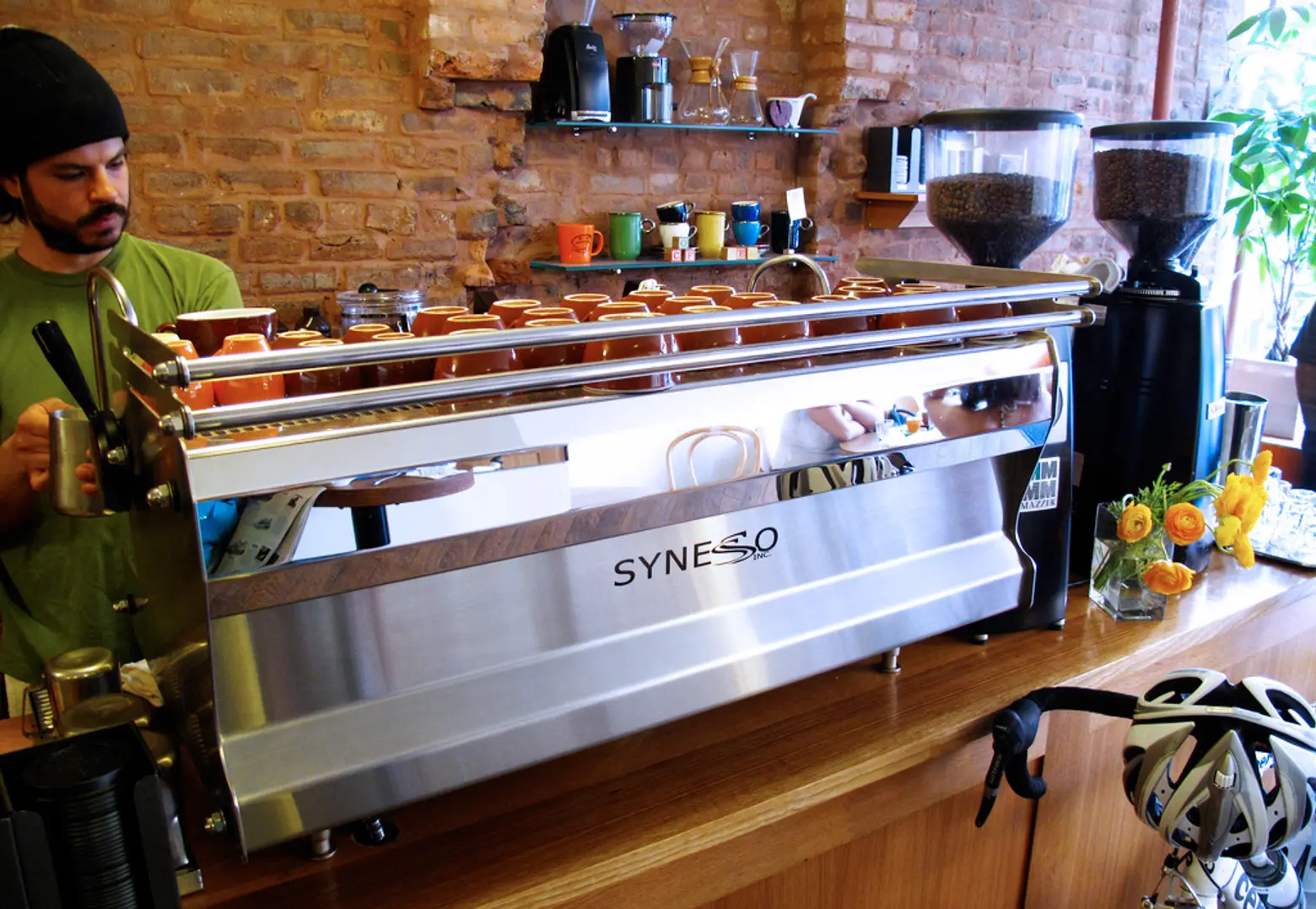
Photo: Cafe Grumpy in Greenpoint by Premshree Pillai cc
From “coffices” to lab-like minimalist gourmet coffee meccas to cozy neighborhood hangouts, neighborhood cafes are a fine example of the essential “third place” mentioned in discussions of community dynamics: that place, neither work nor home, where regulars gather and everyone’s welcome.
Along with yoga studios, art galleries, community gardens, vintage clothing shops, restaurants with pedigreed owners and adventurous menus and, some say, a change in the offerings on local grocery shelves, cafes are often the earliest sign of neighborhood change. The neighborhood cafe serves as a testing ground for community cohesiveness while adventurous entrepreneurs test the still-unfamiliar waters around them. Beyond the literal gesture of offering sustenance, cafes provide a place where you can actually see who your neighbors are and appreciate the fact that at least some of them are willing to make an investment locally.
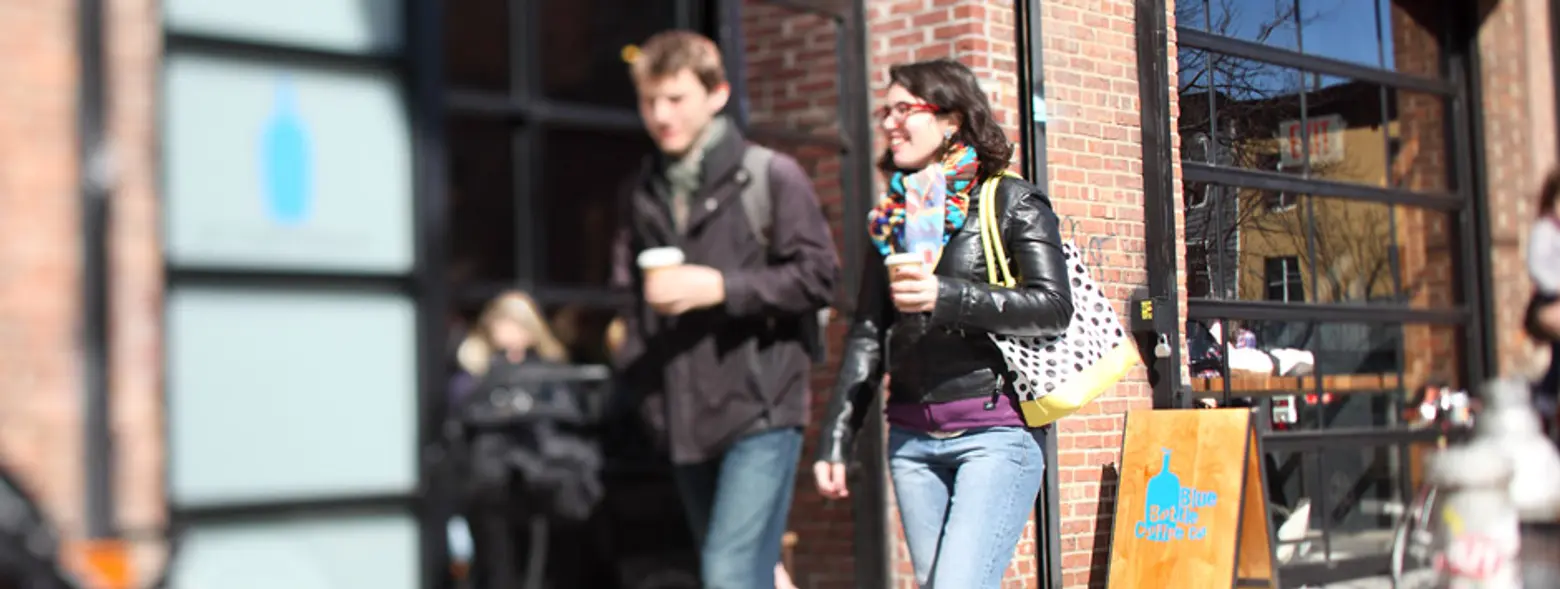 The new cafe society on Berry Street in Williamsburg © Blue Bottle Coffee
The new cafe society on Berry Street in Williamsburg © Blue Bottle Coffee
The Big Green Mermaid
Like software “upgrades” for our digital devices, neighborhood cafes often replace one another as neighborhoods change. The arrival of bigger, chain-ier coffee establishments also often accompanies the demise of beloved java joints due to high rent sought by landlords hoping to lure big commercial interests. The arrival of an actual Starbucks, once a stamp of permanent line-crossing from crack to carriage trade, is now almost a tolerable middlebrow nuisance, more convenience than signifier, or may mean a different level of gentrification altogether—a stamp of approval for some, while for others it may signal the end of an era (of affordable rent or youthful energy, for example).
Take a trip down memory lane to see how some of the city’s classic neighborhood cafes of the past and present have heralded change.
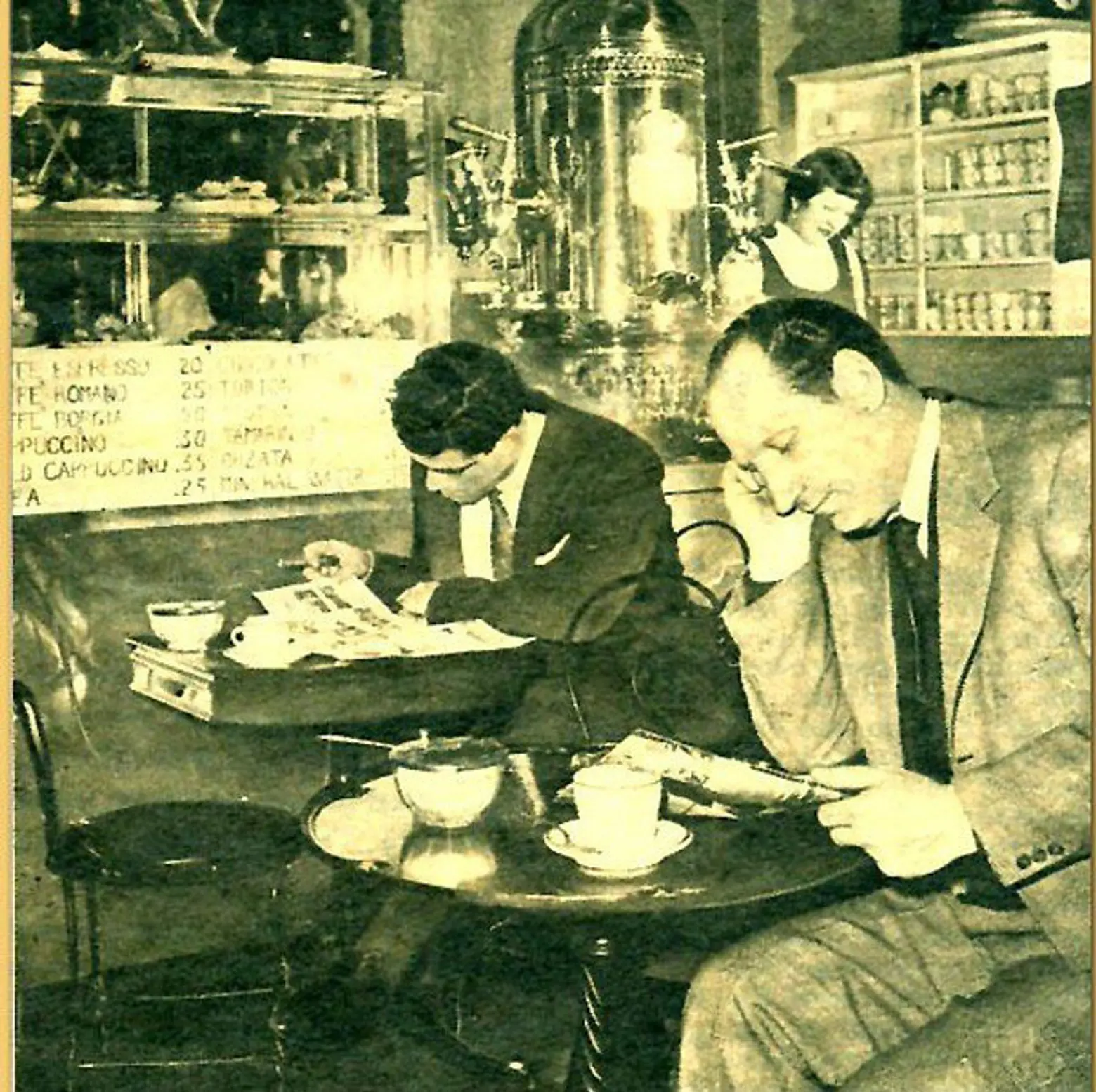 Caffe Reggio in the West Village, 1961 © Caffe Reggio.
Caffe Reggio in the West Village, 1961 © Caffe Reggio.
Long, long ago on the wild West Side
Back when the West Village was the province of actual bohemians, Caffe Reggio carried the flag for European cafe-society types. In today’s newly Euro-fied (hello, trendy French fashion boutiques) Village, the old, old New York cafe remains, offering cappuccino and a fleeting flirtation with the past while a new crop of 21st century front-runners like Third Rail Coffee–and, of course, Starbucks–caffeinate today’s tres chic Village people.
Change on the Upper West Side since the early 1980s was less a matter of turning a “bad” neighborhood into a good one, more about commercialization and identity. In 2003, Joe brought the new frontier of coffee connoisseurship to the old-school “cuppa joe” neighborhood; the tiny java joint still thrives, while newcomer Irving Farm serves the new guard and old-timers alike.
Since opening in 1993, Paradise Cafe was home base for an entire era of muffin-besotted Chelsea boys on 8th Avenue, rainbow flag a-flying. The cafe closed its doors in 2013 due to a huge rent increase, the last independent cafe on what is now a decidedly commercial strip. Modern Chelsea (not to be confused with Chelsea Modern, an iconic condo overlooking High Line Park) is awash in excellent coffee spots, though, including the revered Blue Bottle Coffee, East Village transplant Ninth Street Espresso, and, of course, many a Starbucks.
The turnaround of Hell’s Kitchen/Clinton in the mid ‘90s from one of Manhattan’s last “sketchy” zones south of Harlem was ushered in by none other than the infamous Cupcake Cafe, which drew business from office birthday parties at newly-built neighborhood anchor Worldwide Plaza as well as loyal locals pre- and post-SATC. The forward march of the neighborhood can be traced subsequently as follows: Amy’s Bread, and then Blue Bottle Coffee. Even more recently, the newest location of the unstoppable Greenpoint-based Cafe Grumpy opened in the newly-rebranded Garment District, which is seeing an influx of tech biz tenants and higher-end retail, in late summer of 2013.
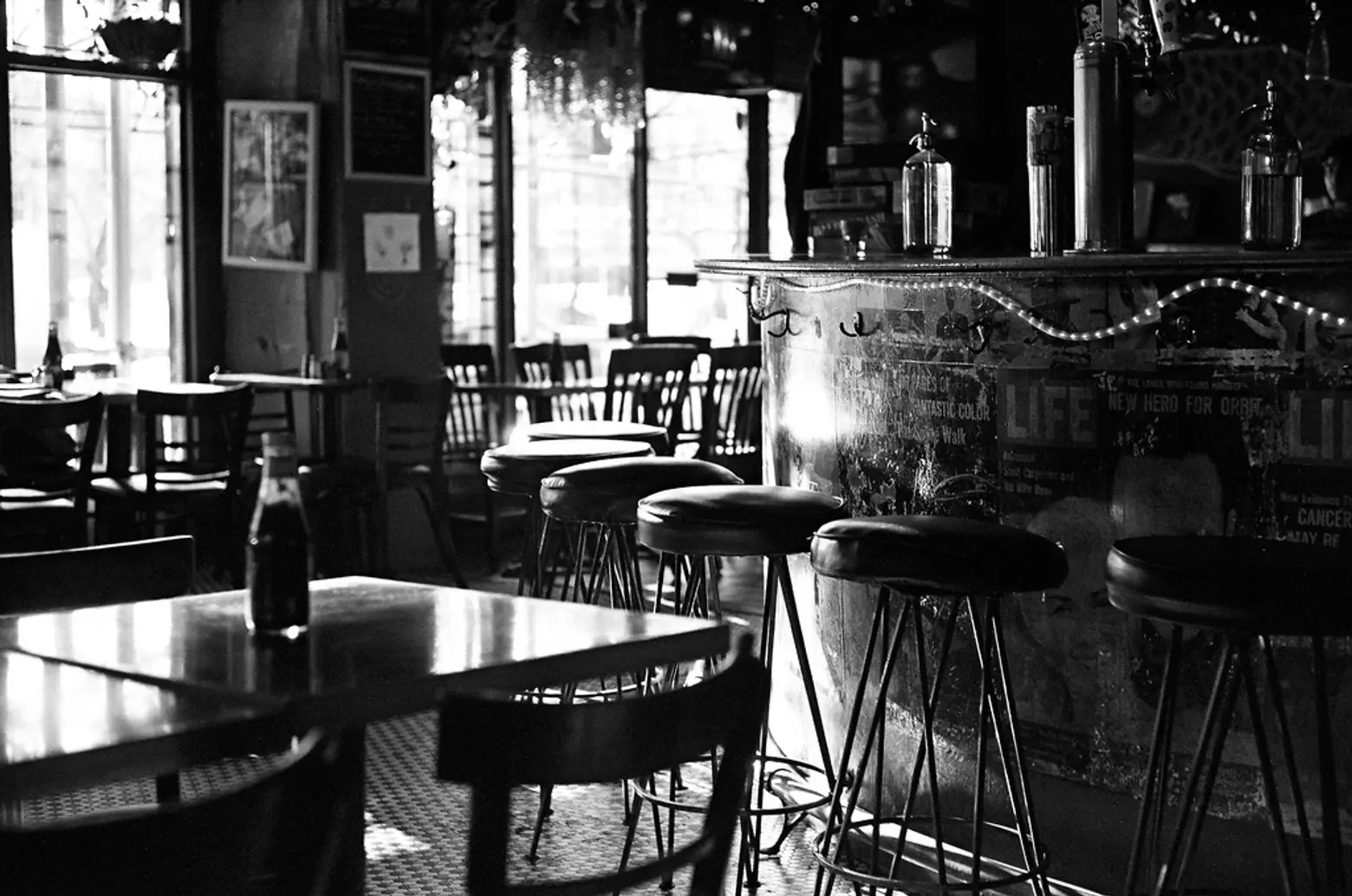 Life Cafe in the East Village © Phillip Kalantzis Cope via flickr.
Life Cafe in the East Village © Phillip Kalantzis Cope via flickr.
The Eastern Front
The East Village, possibly the New York City neighborhood that most embodies the forces of gentrification and change–and romanticization of the past–saw its life evolve, in part, through its cafes. Fittingly, Life Cafe was one of the early anchors of an Alphabet City on the mend after the ‘80s crack epidemic, riots in Tompkins Square and general decay. The EV location–it figured prominently in the Broadway classic RENT–has since closed, but, perhaps reliving its early days as an agent of neighborhood change, the cafe has since reopened across the pond in burgeoning Bushwick.
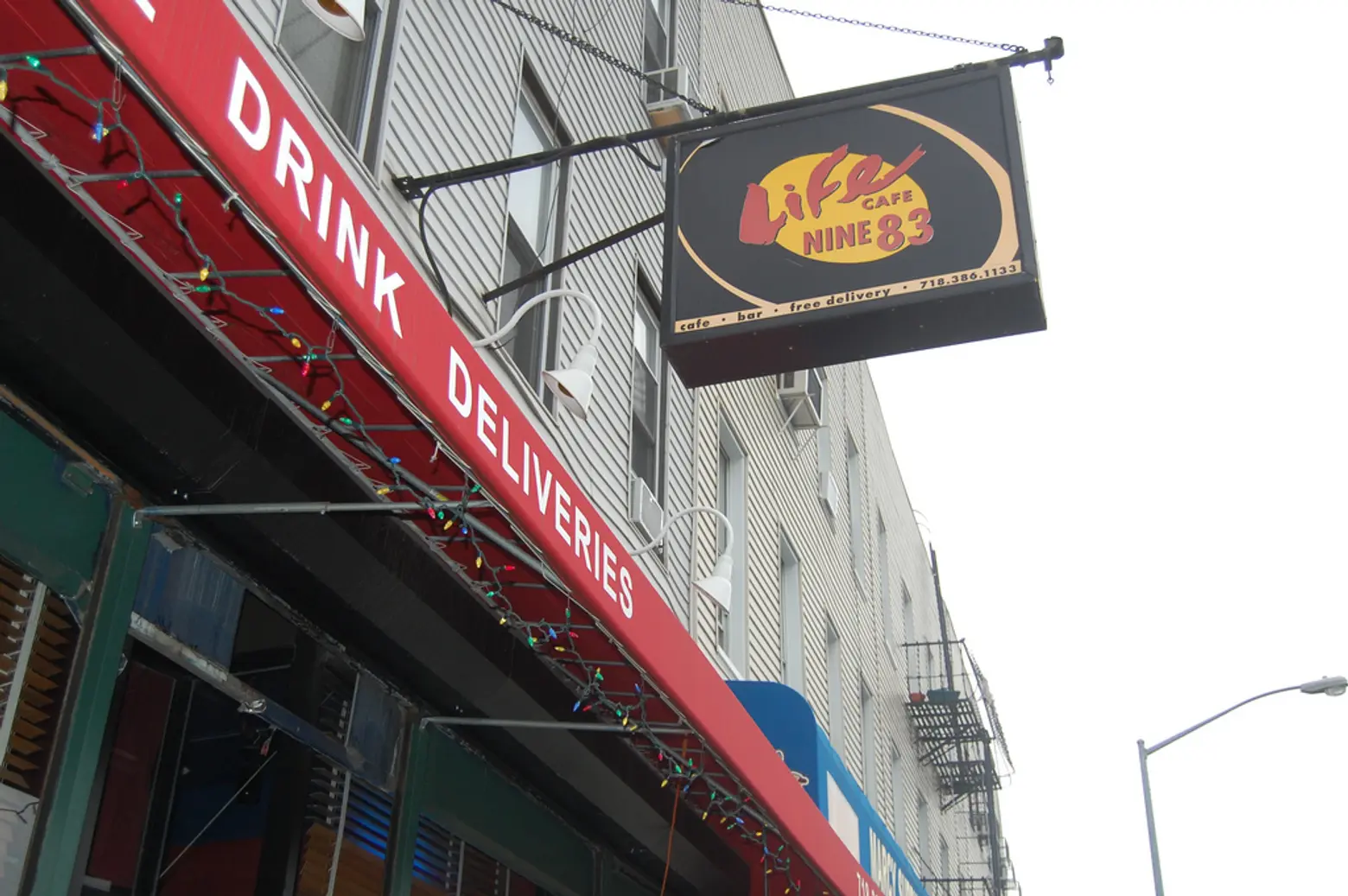 Life Cafe in its new home in Bushwick © Georgia via flickr.
Life Cafe in its new home in Bushwick © Georgia via flickr.
Later signs of impending civility in the ‘90s were Alt.coffee (the early internet cafe!) and the aptly-named Limbo. On the far-eastern frontier, 9th Street Espresso still provides a taste of Seattle to a laid-back crowd. After a period that saw so many Starbucks arrive that they began to put one another out of business, top coffee oases in the pricey and prettified neighborhood also include the surviving ‘bucks (some in their new “neighborhood cafe” camouflage), the local mini-chain The Bean (who, at their former location replaced neighborhood treasure trove Little Rickies), beloved Abraco and cool-kid cafe Ost.
On the Lower East Side, Lotus Cafe and Pink Pony (the owner of the latter was quoted in the New York Times as saying, “the original clientele has moved elsewhere.”) were the daytime version of after-dark standbys Max Fish and Motor City that predated the area’s destination restaurants and, later, new residential developments on almost every block. Today, coffee culture standard-bearer Cafe Grumpy pours it out for the masses. And also, Starbucks.
Hello, Brooklyn.
Café Regular and Regular du Nord, Gorilla Coffee and Tea Lounge took Park Slope from its days as home to genteel bohemians and modern dance majors to today’s luxe family wonderland by providing warm havens for all to ponder the changes afoot. Today that beloved badge of neighborhood hipness, Cafe Grumpy, and its latter-day competition, Hungry Ghost, join them and, of course, Starbucks, in the latte brigade.
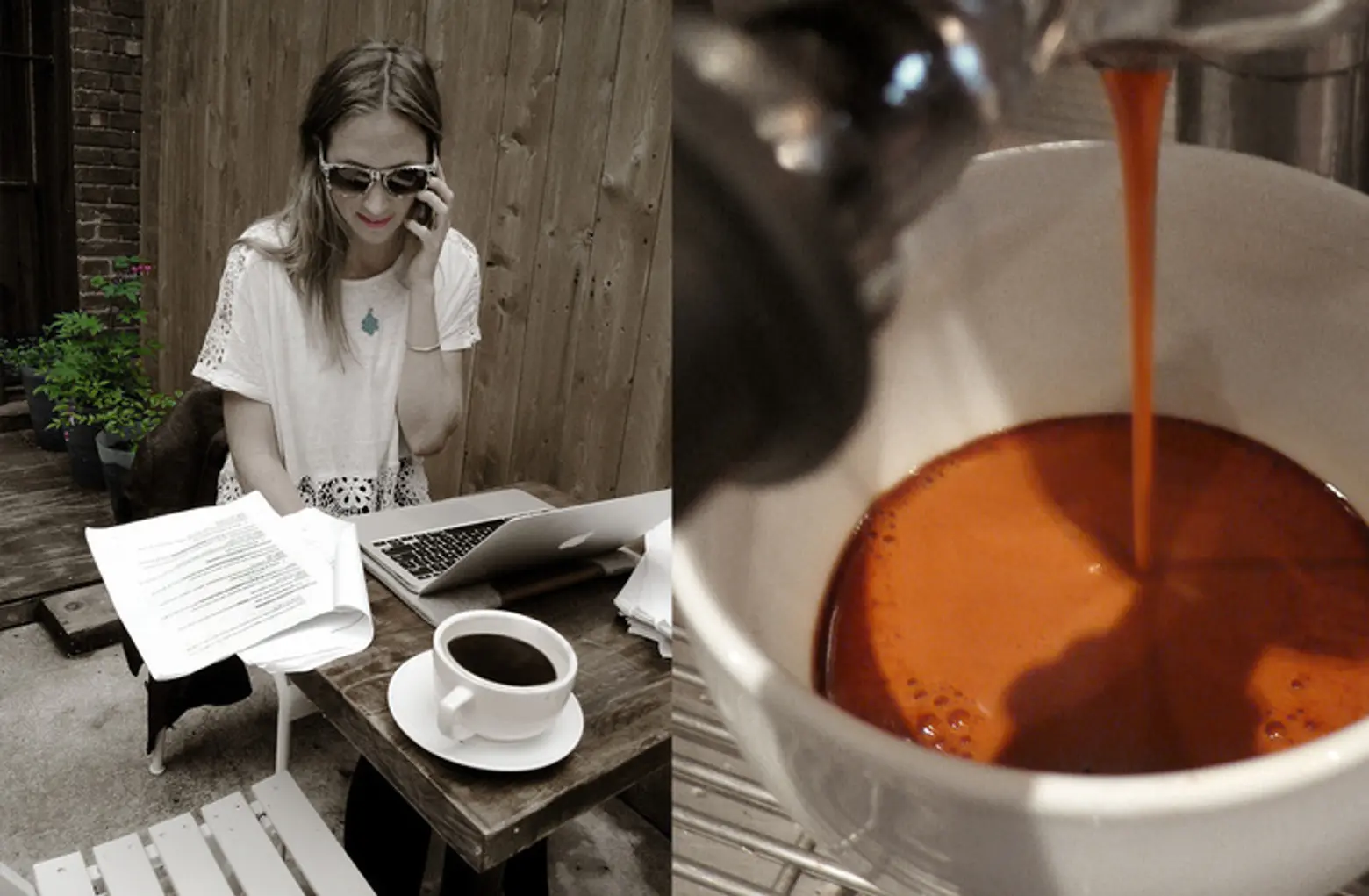 Image © Primrose Cafe, Clinton Hill.
Image © Primrose Cafe, Clinton Hill.
Clinton Hill standbys Urban Vintage and Primrose Cafe have stood for years tucked away among the neighborhood’s grandest mansions both crumbling and reborn, charming visitors to the slowly-but-surely fancifying ‘hood. Outpost staked its claim where Fulton Street meets four of the borough’s most promising neighborhoods (Crown Heights, Clinton Hill, Prospect Heights and Bed-Stuy). Newcomers seem to arrive daily in the 11238, which is the name of the newest cafe addition, a sleek, no-nonsense refueling station on Fulton Street. There are no Starbucks in Clinton Hill; perhaps the Big Green Mermaid still fears the ghost of past resident Biggie Smalls (though Hungry Ghost, which happily haunts nearby Fort Greene, clearly does not).
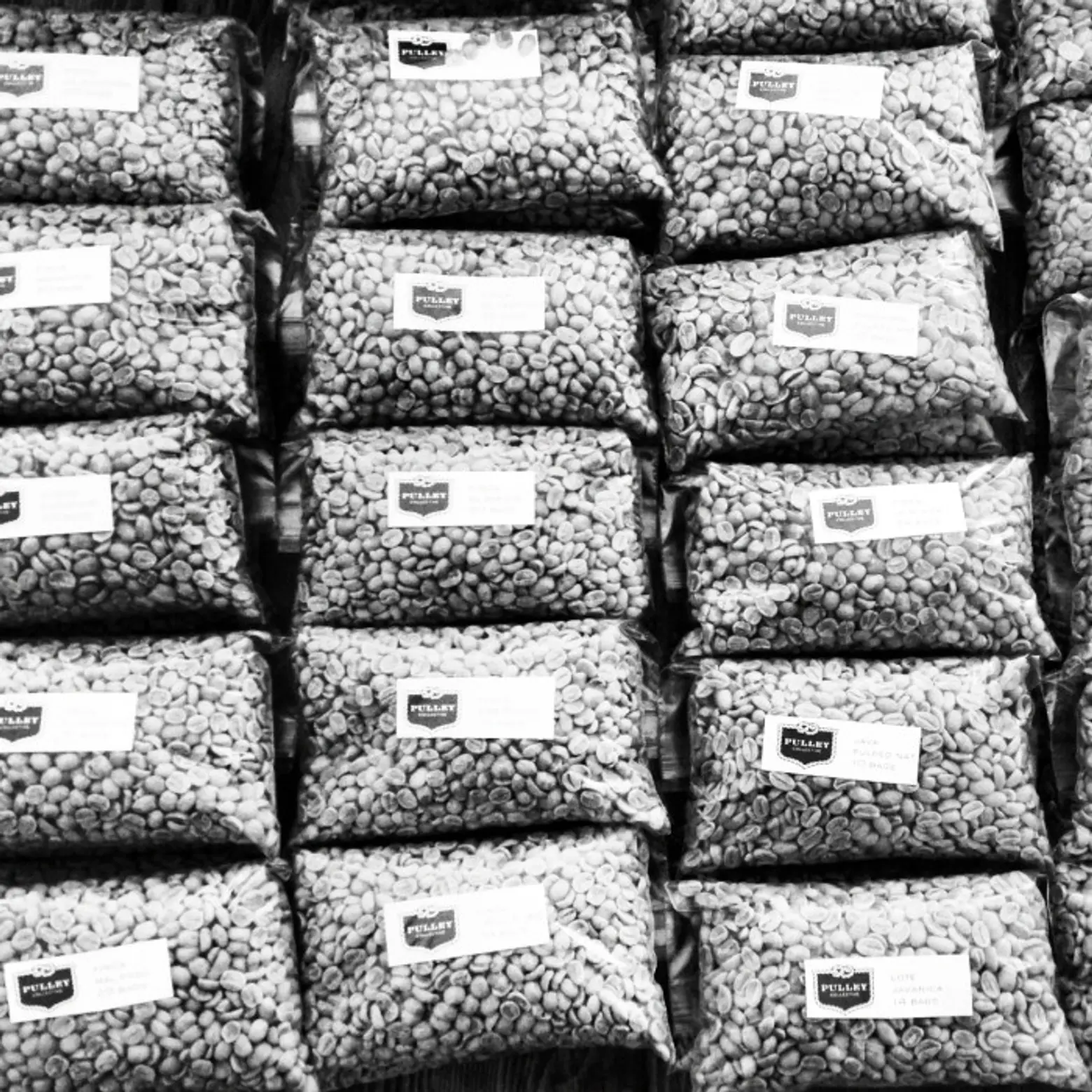 Image © Pulley Collective.
Image © Pulley Collective.
Red Hook got Baked in 2005; the beloved bakery/cafe serves a formerly dodgy and currently quirky neighborhood that survived a Sandy smackdown and dusted itself off nicely. The scrappy-chic little neighborhood is perfect for communal experimentation and has plenty of space for heavy equipment, which has yielded wins like Pulley Collective‘s waterfront community coffee roasting plant, said by some to be the future of the roast-to-cup process in which small coffee shops can roast their own special blends.
Another widely-discussed poster child for gentrification, Williamsburg’s earliest ‘90s colonizers found a welcome space for reading/writing at the aptly named Read and Verb, both known for the warm welcome they provided to “third place” inhabitants. Both have closed in recent years as the ‘Burg was becoming a neighborhood with high rents and big-ticket tenants.
Today, method-obsessed mini-chain Blue Bottle packs them in down the street from Urban Outfitters. But no Starbucks yet–perhaps the ‘burg actually gentrified its way out of the Big Green Mermaid’s league.
A sweet spot for many who fled the gentrification juggernaut to the south, the formerly sleepy Polish enclave of Greenpoint was the birthplace of Cafe Grumpy which gave the nabe a welcome jolt of joe and then spread joyful seeds of hipster-caffeination throughout the city.
Seems like it was just yesterday…
In Bushwick, at least six cafes opened in what was once referred to as “East Williamsburg” in the first half of 2013 alone. Bar/cafe/venue Goodbye Blue Monday closed that same year; Yelp-ers called it a place “on the front lines of the gentrification of Bushwick.” Little Skips was also among the first rumblings of what is now a virtual stampede, but the tiny cafe still thrives, joined since its opening in 2006 by Cafe Ghia, Central Cafe (and wine bar!) and the cavernous Kave to compete neck and neck for a latte-slurping crowd. Milk & Pull opened more recently on Irving Avenue, and there will probably be at least six more before 2015 rolls up.
Laid-back neighborhood cafes Norma’s and Spolem have been helping newcomers to Ridgewood find their way for years, and Cypress Inn is a new addition. Strangeways continues to help blur the boundaries between the ‘wick and the ‘wood with cups of perfectly-pulled latte.
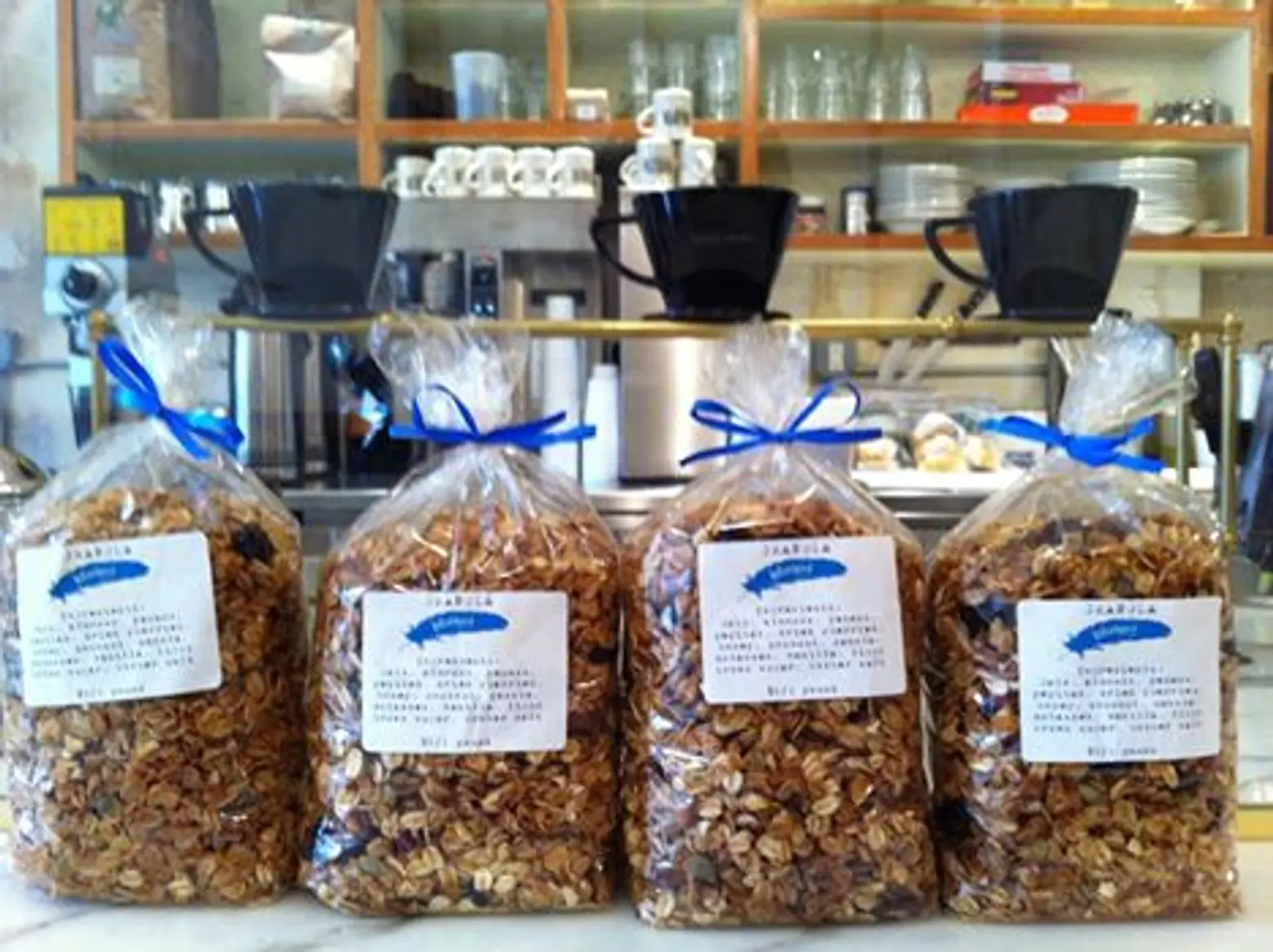
Image © Cafe Madeleine.
In Ditmas Park, the early Cortelyou/Newkirk scene (where so many newcomers at once add a definite fresh frontier vibe) included Cafe Madeline, Coffee Mob and Qathra, giving neighborhood laptop tappers and coffee connoisseurs plenty of choices. Whisk on Newkirk Avenue was a sign of great things to continue until the mysterious disappearance and tragic homicide of its founder, 30-year-old Josh Rubin. Milk & Honey cafe arrived in its space in 2012. Lark is a win with local toddlers. Nearby in Kensington, the mere existence of Vox Pop (from Gen X mega culture hero Sander Hicks of Soft Skull Press fame), since closed, brought some hipster cred to the diverse and liveable district, though some found the shop’s socialist leanings and political satire angle too exclusive for the laid-back nabe. Steeplechase is a decidedly more sedate newcomer serving Windsor Terrace as well.
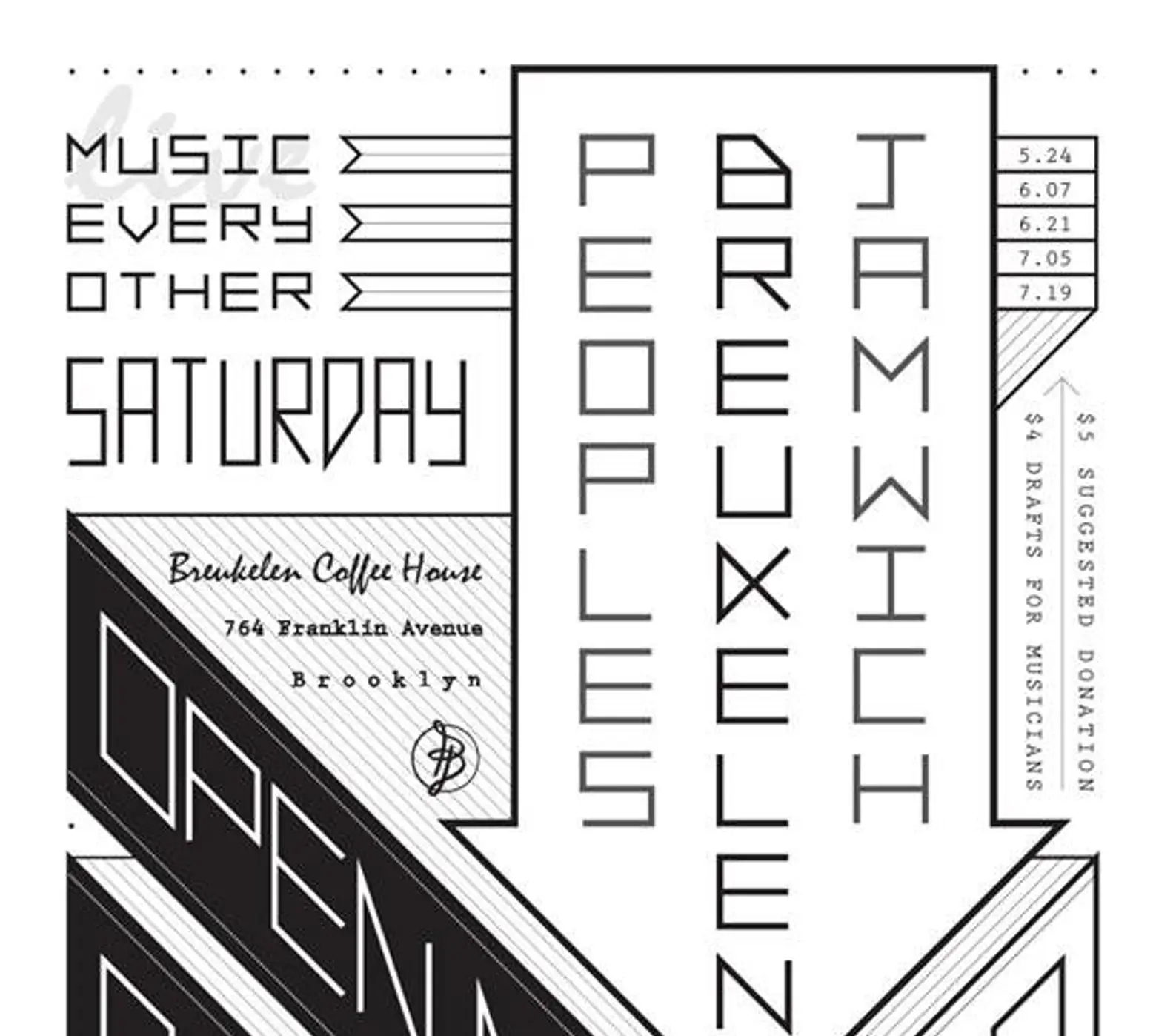 Flyer for an event at Breukelen Coffee House in Crown Heights © Breukelen Coffee House.
Flyer for an event at Breukelen Coffee House in Crown Heights © Breukelen Coffee House.
Crown Heights “pioneers” The Pulp and Bean and Breukelen Coffee House have been pouring the brown gold since 2009, helping make “the new Park Slope”…well, the new Park Slope. The two had a bit of a caf-fuffle in the media when the latter opened its doors on Franklin in ‘09, but the rest, as they say, is history. Soon-afters that have cemented the Franklin Avenue area as the new conduit of cool include Glass Shop, Little Zelda, Lazy Ibis and Crosby Coffee. Filling in the rapidly gentrifying and less-distinguishable-every-second space between the two Heights (Crown and Prospect) is Sit & Wonder on Washington Avenue, which has rapidly become a favorite throughout the entire borough.
It was yesterday.
In East Harlem, the Chipped Cup, recently opened by real estate agents in a neglected building on West 148th Street has wasted no time filling with customers on a daily basis. The expanse of Harlem known as El Barrio is now home to luxury residences at One Museum Mile, and further east, East River Plaza and Starbucks co-exist. The ill-fated SpaHa Cafe opened for long enough to be called by Yelp-ers a “spectacular oasis in a sea of barrios and taquerias.” Today, however, East Harlem Cafe appears here to stay.
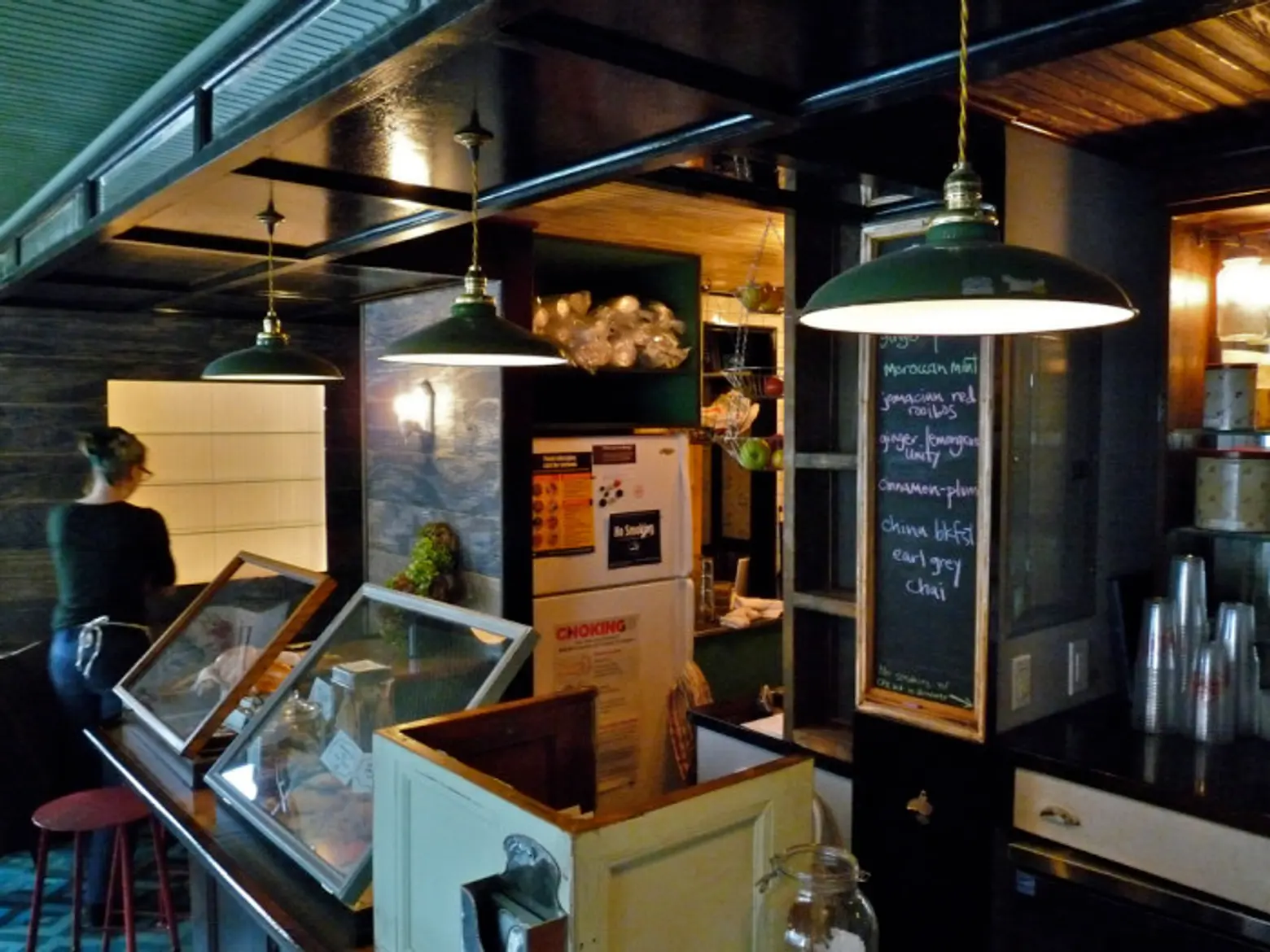 Image © Bedford Hill Coffee Bar.
Image © Bedford Hill Coffee Bar.
Tiny Cup was a Bed-Stuy pioneer–the cafe recently left its Nostrand Avenue location for parts as yet unknown–as was Tin City (RIP). In the West, near the Clinton Hill border, cozy Bedford Hill Coffee Bar warms the hearts of border-straddlers as well. Ms. Dahlia’s puts a pretty face on somewhat gritty Nostrand Avenue and the more eastern end of the ‘Stuy has been blessed with Nutella croissants and dollar ice cream cones at Common Grounds on Tompkins Avenue. Keep an eye on the area around the recently opened Brunswick Cafe, whose Australian owners represent an international contingent of newcomers, in the further eastern reaches of the neighborhood–the new shop was recently profiled in Remodelista home interiors blog.
Tomorrow, today.
Up in the Brooklyn Navy Yard, DUMBO transplant Brooklyn Roasting Company and Hungry Ghost have almost overnight (though the developments that led to this point were a long time coming) made the area just north of the BQE resemble something more than a nondescript jumble of highways and warehouses.
Keep an eye on: Cinnamon Girl cafe just opened in the historic Prospect-Lefferts/North Flatbush area south of Eastern Parkway.
And of course, use your mobile device to find cafes near you: New York Times app The Scoop and the New York’s Best Coffee app can help you find a cup wherever you may roam.
Get Insider Updates with Our Newsletter!
Leave a reply
Your email address will not be published.

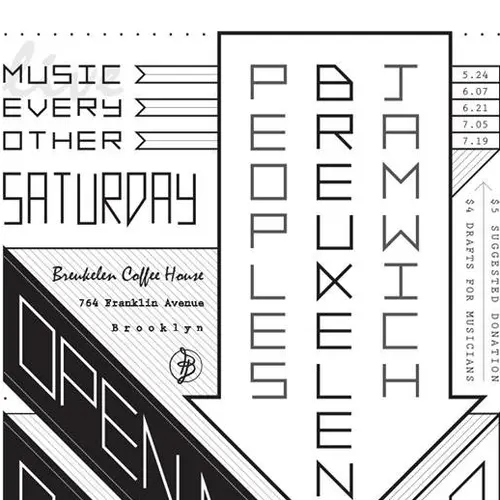
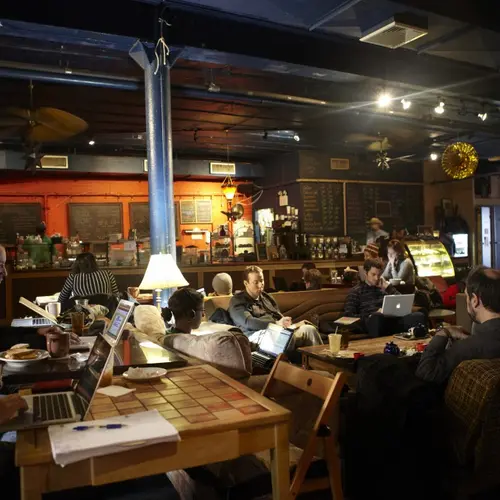
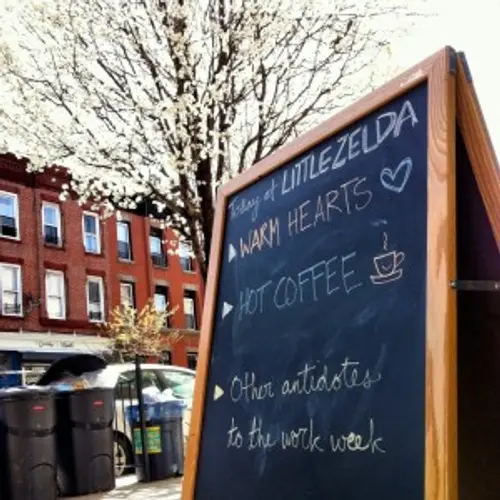
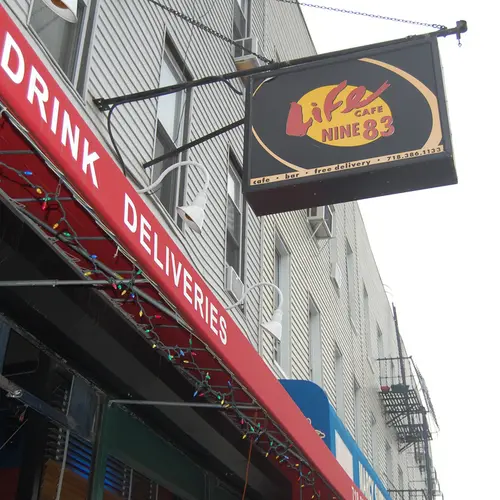
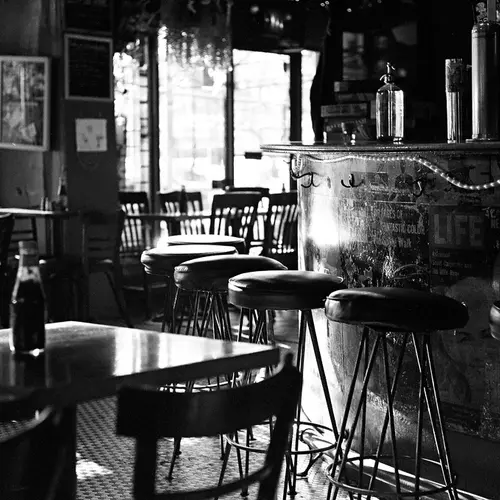

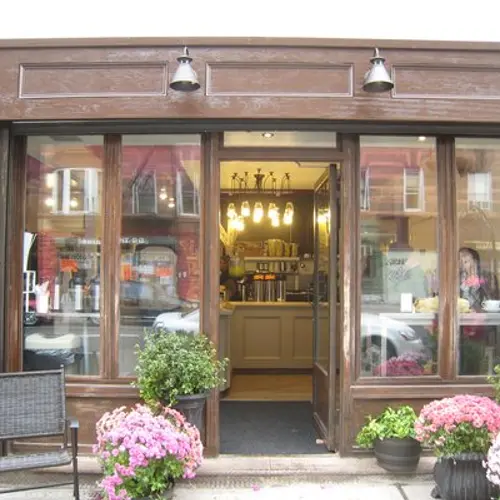
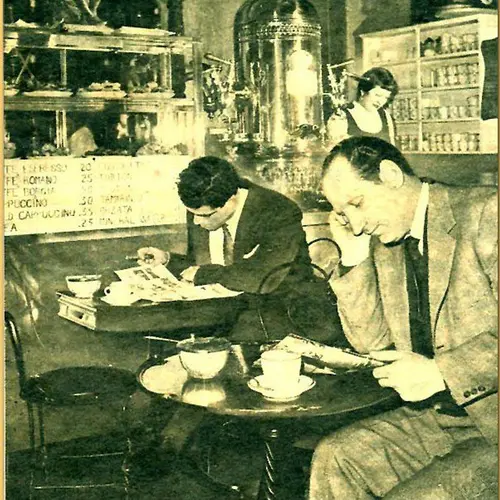
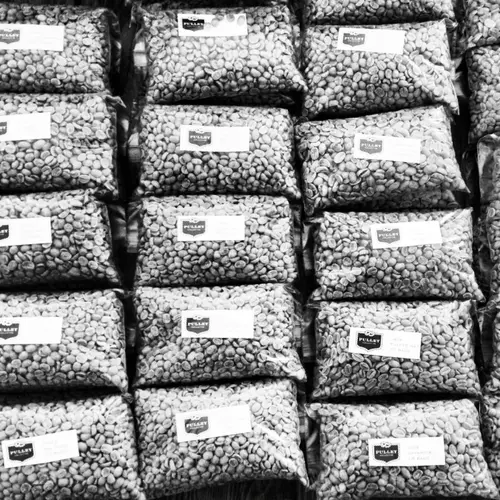
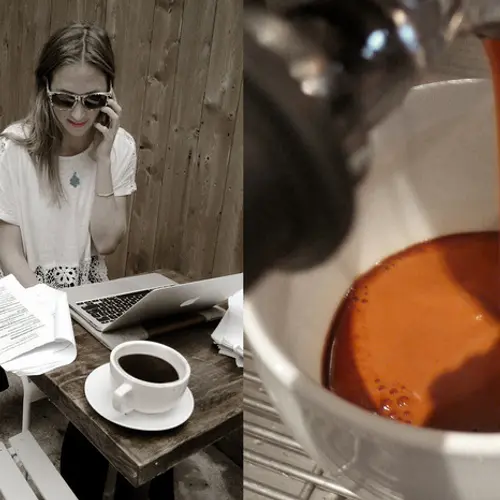
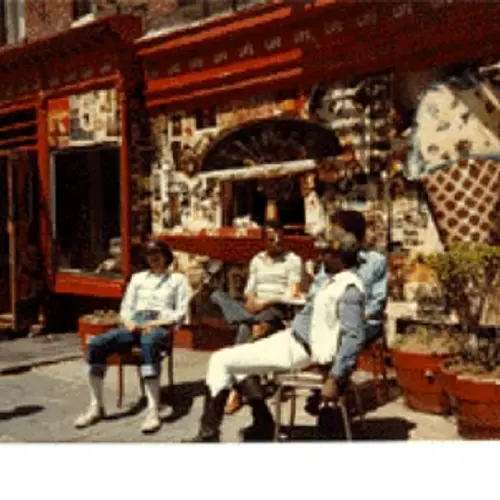
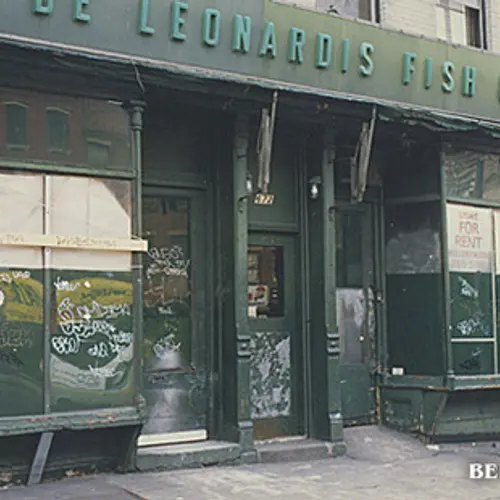
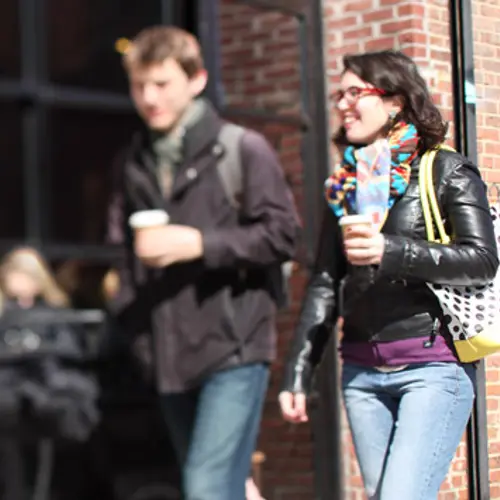
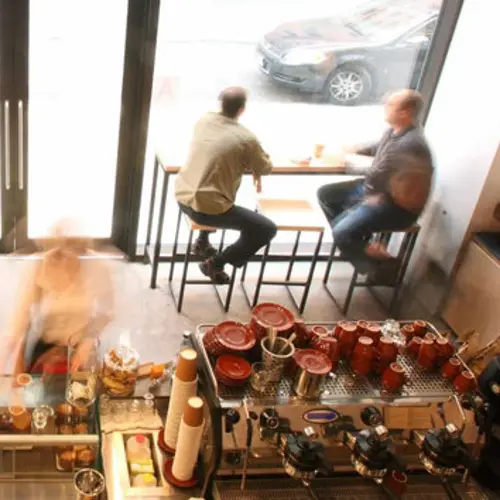
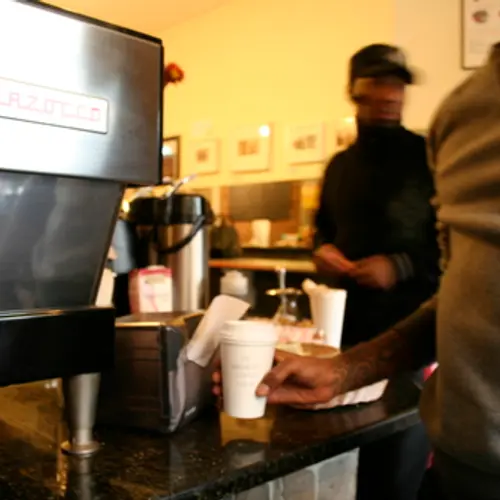
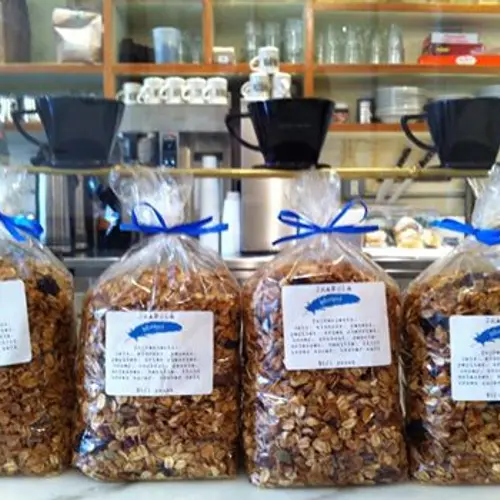
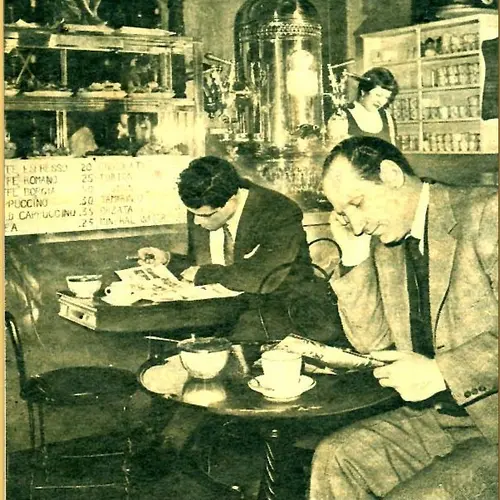
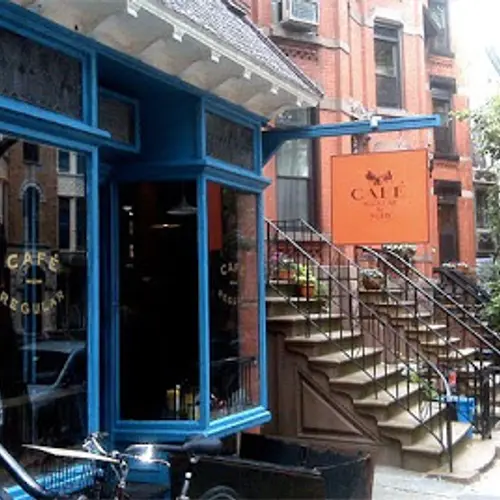
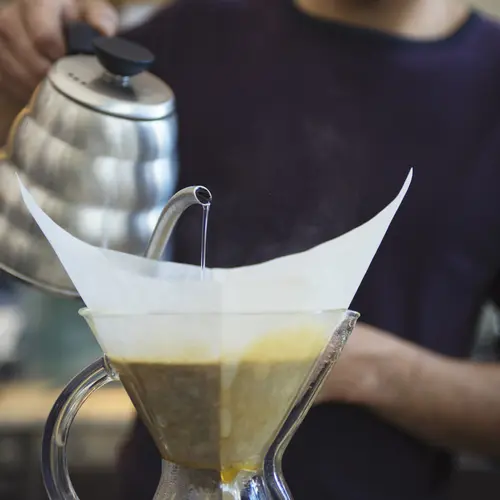
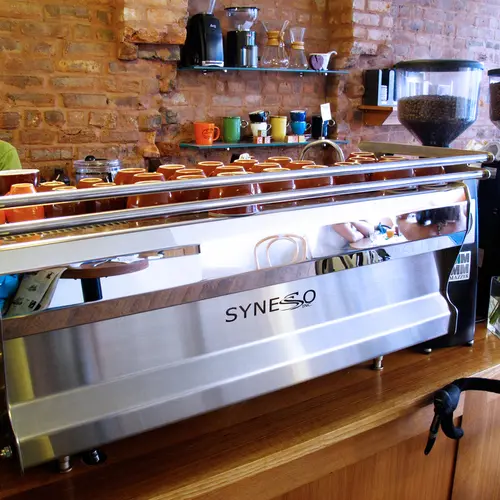




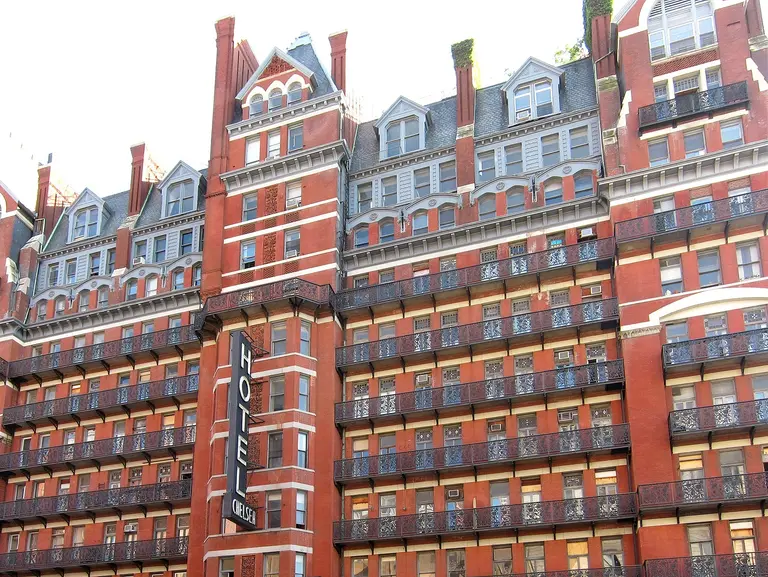










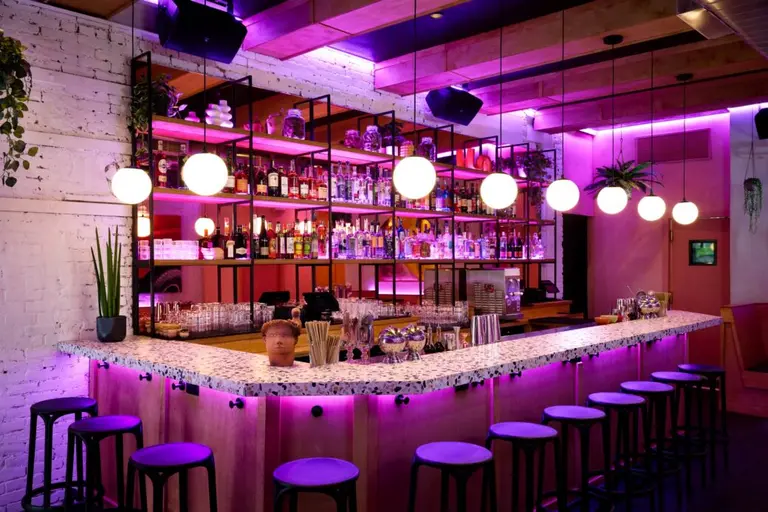
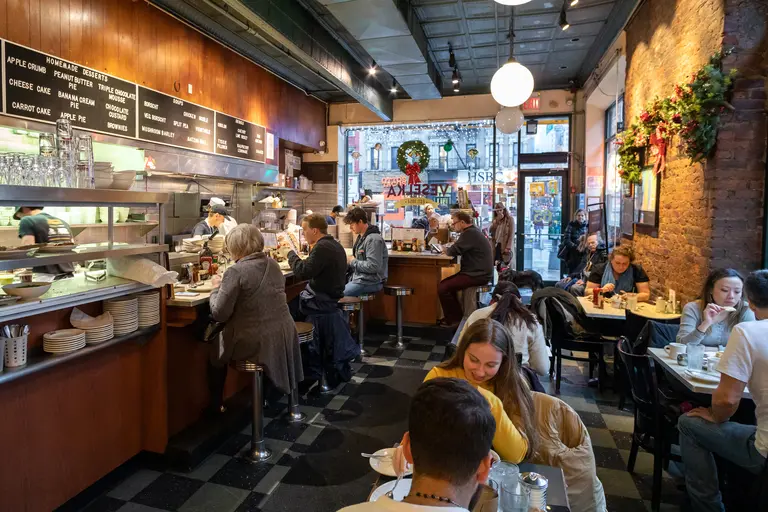










Great piece. Makes me thirsty.